Dental disease affects nearly all pets by the time they reach 3 years of age and can progress to cause pain, difficulty eating, and a diminished quality of life. Most pets with painful dental conditions don’t complain, so the problem goes unnoticed. Imagine if you had a painful tooth for years before receiving treatment. You’d be pretty miserable during that time but would probably continue to trudge along in your daily life. The same goes for pets with chronic dental pain.
The solution to dental disease is to implement a comprehensive home-care program, including daily toothbrushing, and to schedule professional anesthetized cleanings with our Palisades Veterinary Hospital team, which allows our team to completely evaluate and treat intraoral problems while your pet rests comfortably on a warmed surgical table.
Some veterinary hospitals and nonveterinary providers offer a nonanesthetic dentistry (NAD) service, claiming the procedure is safe and effective without requiring anesthetic drugs. Our team and many other professional veterinary organizations believe that NAD is an unsafe and stressful procedure. Learn about NAD’s dangers and pitfalls.
What is included in a traditional, anesthetized veterinary dental procedure?
During an anesthetized dental procedure that our qualified Palisades Veterinary Hospital team performs, we adhere to guidelines set by the American Animal Hospital Association (AAHA) to uphold the highest possible medical standards. The procedure includes the following:
- Dental scaling above and below the gumline
- Tooth polishing
- Complete oral examination and individual tooth charting
- Full-mouth intraoral X-rays to examine tooth roots and jawbone health
- Periodontal treatments as needed, including deep cleaning, flap surgeries, and antibiotic gel applications
- Extractions as needed to remove fractured, painful, loose, infected, or devitalized (i.e., dead) teeth
What is included in a nonanesthetic dental procedure?
A NAD accomplishes very little compared with a professional veterinary dental cleaning. A NAD procedure includes scaling only and may not include tooth polishing, an important step to prevent plaque buildup in micro-scratches afterward. A complete oral examination, X-rays, and other treatments are impossible when a pet is fully awake or lightly sedated during a NAD.
Anesthetic procedure versus nonanesthetic procedure risks
Our healthy patients and those with well-controlled chronic diseases have an extremely low risk of experiencing complications or death under anesthesia, because our Palisades Veterinary Hospital team follows protocols comparable with hospitals in which people receive treatment. We also thoroughly screen pets for health conditions before they undergo an anesthetic procedure, adding another safety layer.
During a professional dental procedure, we place a tube in the patient’s airway to protect their lungs from wayward fluids and deliver oxygen and anesthetic gas efficiently and safely. Our team also provides an intravenous (IV) catheter to all patients undergoing anesthetic procedures, so medications and fluids are diffused quickly. Most important, an anesthetized pet cannot bite down on the instruments, equipment, or operator’s hands, enabling our team to provide a complete and thorough dental examination, cleaning, and treatments that would never be possible if the patient were awake.
NAD complication risks are numerous. Fully conscious patients do not tolerate dentistry. They must be held down and completely restrained, which is highly stressful, potentially dangerous to their heart and lungs, and pose ethical issues relating to the pet’s emotional welfare. Pets remember negative veterinary care experiences, and NAD can perpetuate future veterinary visit fears, causing our team difficulty trying to handle your pet.
Why nonanesthetic dentistry poses a risk to your pet’s health
In addition to the risks discussed earlier, NAD is dangerous to your pet’s overall health because the procedure does not actually treat or resolve any existing dental issues. Your furry pal’s teeth may appear clean but they could have pathology or pain below the gumline that is never addressed. Your four-legged friend’s oral health problem will worsen in time, and eventually, they will have to undergo a more extensive, time-consuming, and costly professional veterinary dental procedure. Untreated dental disease not only causes your pet pain and diminishes their quality of life, but infectious oral bacteria can spread through their bloodstream and damage their major organs.
A better path to dental health for your pet
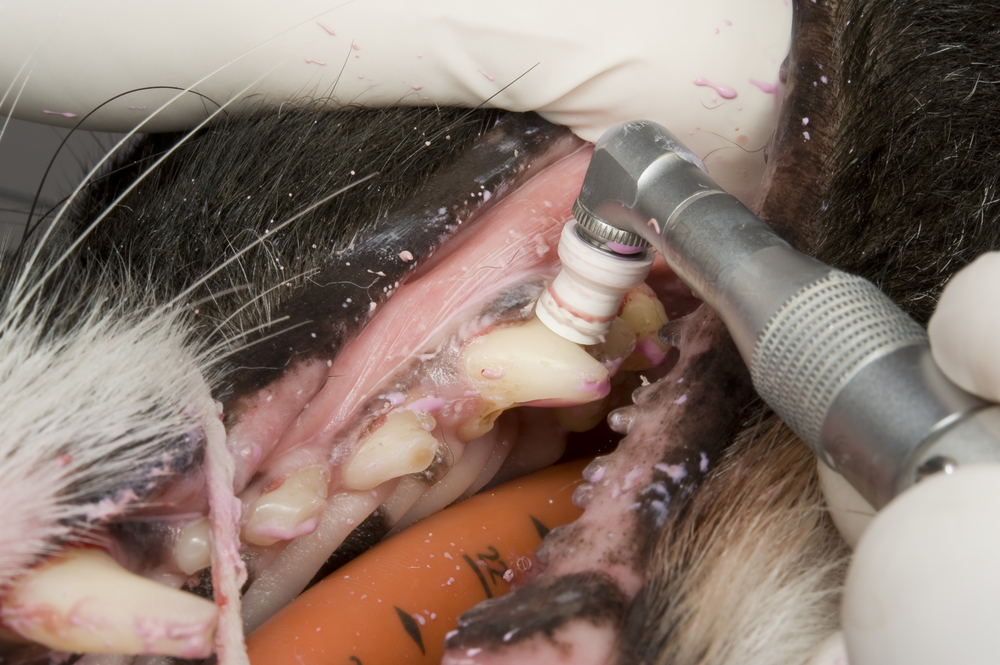
NAD has no place in current professional veterinary dental care. However, when you commit to providing your furry pal with daily home care, including toothbrushing and Veterinary Oral Health Council (VOHC)-approved products, annual professional dental examinations, and routine professional dental cleanings, you help ensure that your pet’s long-term oral health is maintained, with no risks.
Our Palisades Veterinary Hospital team follows AAHA guidelines to provide patients with the most effective veterinary care available. We do not offer or advocate for NAD, because this procedure offers pets no benefit and can cause them harm. Our veterinary team can provide the guidance you need to maintain your pet’s dental care at home, and we can perform your furry pal’s professional cleanings that will eliminate oral disease. Schedule your pet’s dental consultation, preanesthetic health evaluation, or professional dental health procedure with our Palisades Veterinary Hospital team.

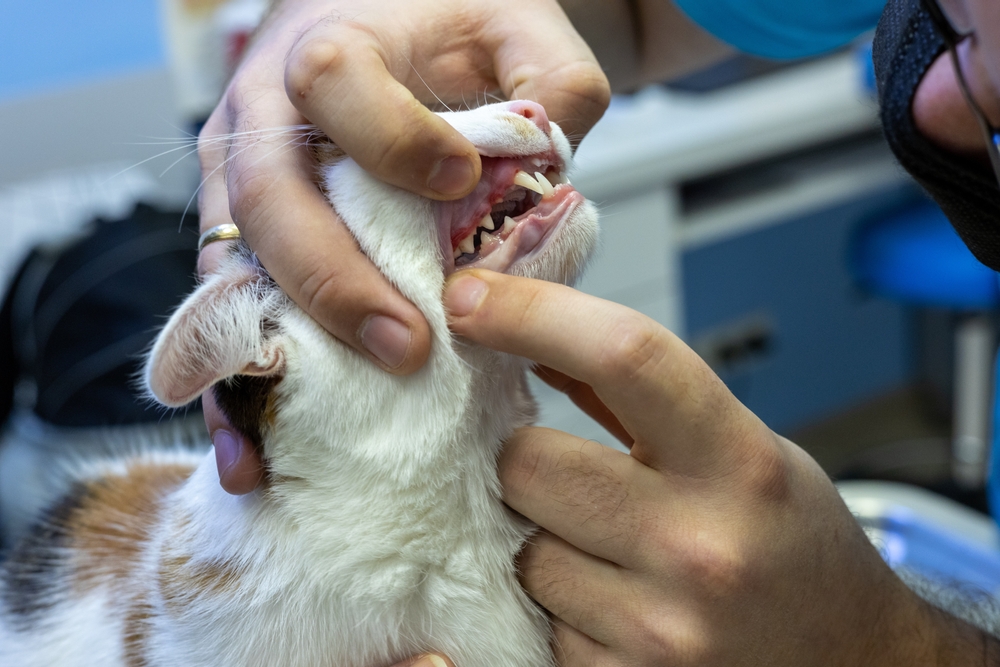
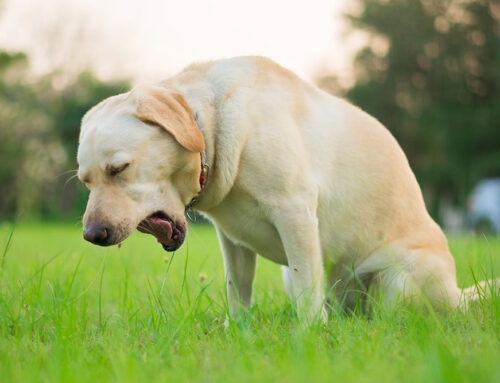
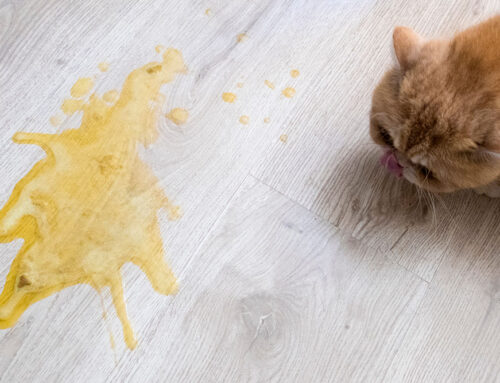
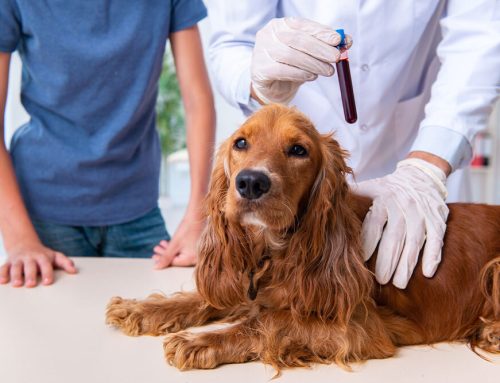
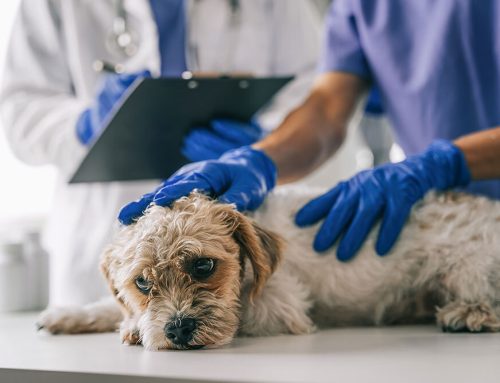


Leave A Comment